
Ficus elastica
Ficus Robusta is hardier and has bigger leaves than the Decora variety. It's considered a more modern version of the Ficus elastica Decora with thick stems and glossy leaves. You'll need a pot around 14cm in diameter. 'Robusta' can handle low humidity and can reach a height of around 1.8 metres. Ficus elastica Black Prince or Burgundy
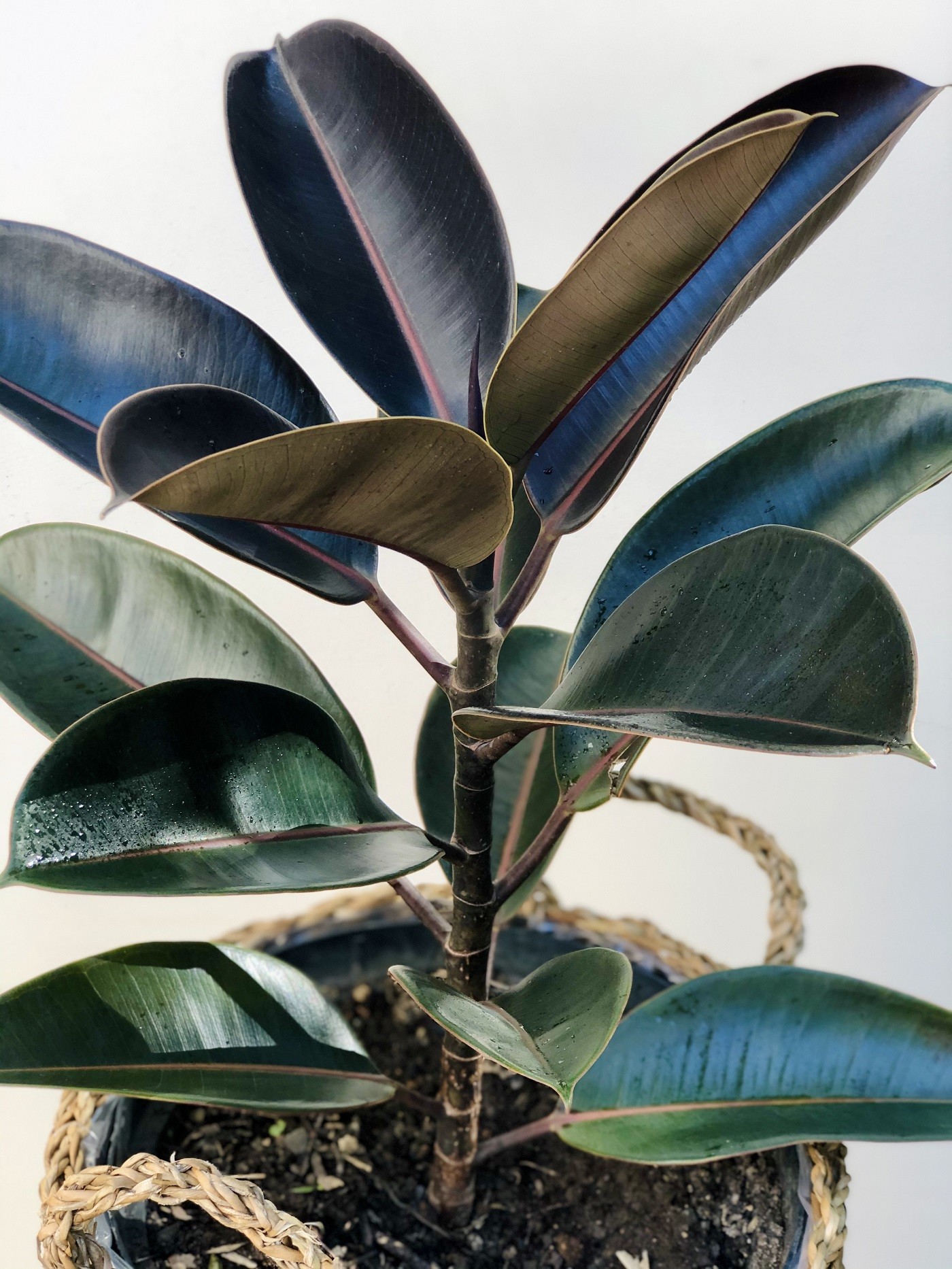
Conheça a Ficus elastica, planta decorativa e fácil de cuidar Casa Vogue Paisagismo
Ideally, your rubber plant will thrive in soil that is well-drained and watered only moderately - our best advice is to poke a finger into the potting mix up to your first knuckle to check how wet it is. If it's still wet, hold off, but if it's dry, give the plant a thorough soaking and allow it to drain. Keep in mind your plant might take.
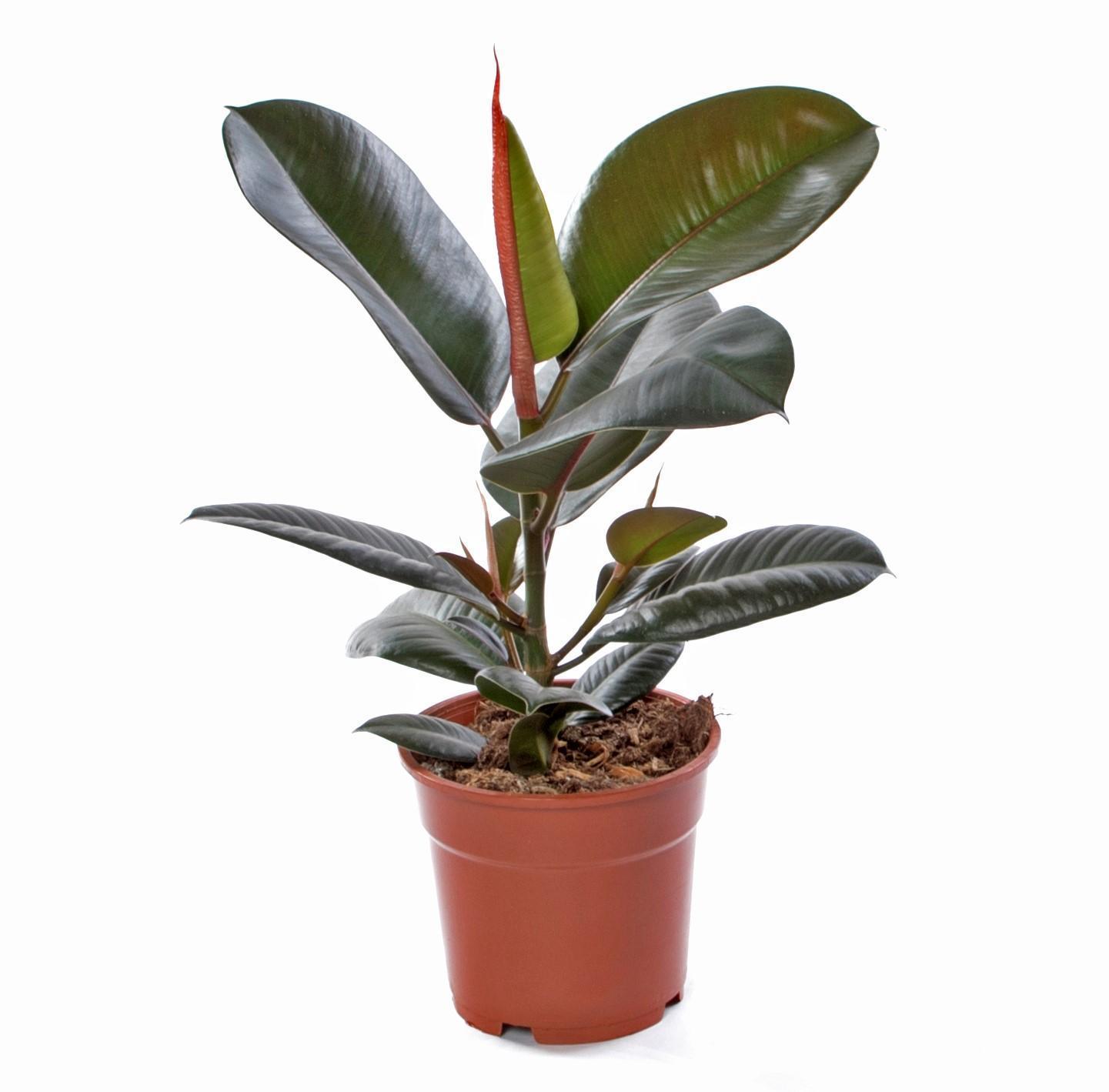
Borracheira Ficus Elástica ‘Robusta’ VIPLANT
Ficus elastica was discovered in the early 1800s in India. By the late 1800s, it was being grown out for use as an indoor plant. Because of its low-maintenance nature, it became extremely popular and has remained pretty popular since. It is also used as a landscape plant in tropical areas around the world and was the plant used to create rubber.

Rubber Ficus Elastic Tree Fruit Stock Photo Image of indian, fruits 184427370
Rubber tree (Ficus elastica), also known as rubber plant, is a favorite houseplant thanks to its broad, glossy, emerald-hued leaves and impressive growth rate. This tropical plant can grow up to 100 feet tall in its natural habitat or over six feet tall indoors in just a few years with proper care. Because it requires warm.

Ficus elastica Rubber Fig The Seed Vine
Ficus elastica, the rubber fig, rubber bush, rubber tree, rubber plant, or Indian rubber bush, Indian rubber tree, is a species of flowering plant in the family Moraceae, native to eastern parts of South and Southeast Asia. It has become naturalized in Sri Lanka, the West Indies, and the US state of Florida. [2] [3] Despite its common names, it.

Ficus elastica árvore da borracha Biologia da Paisagem
F. elastica is the botanical name for a plant more commonly known as rubber plant, rubber tree, Assam rubber, India rubber fig, and many other names. According to records from Kew, its native range spans much of South East Asia and Southern China. 1 Ficus elastica. (n.d.). Kew Royal Botanic Gardens.
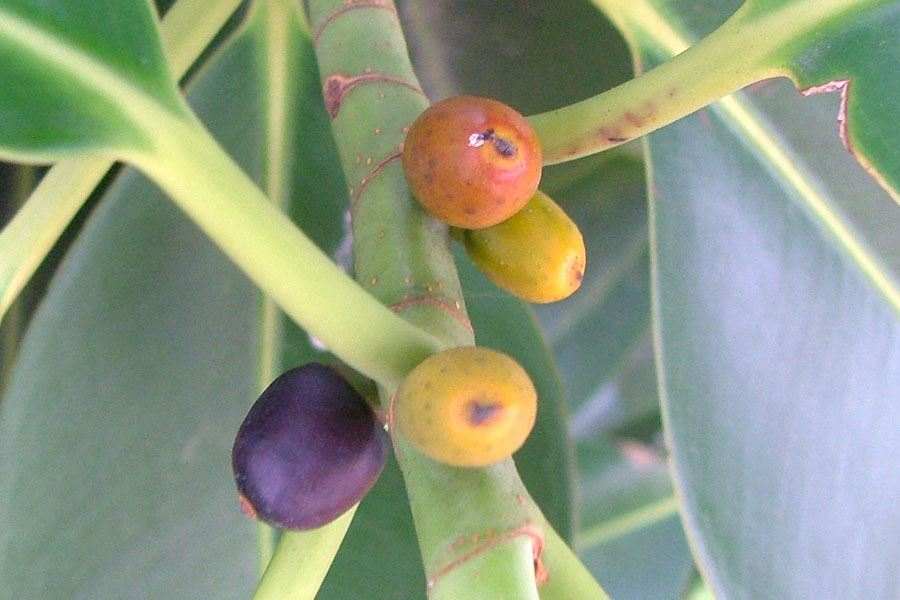
Ficus elastica
Ficus elastica (commonly called the rubber tree plant, rubber fig, or Indian rubber tree) belongs to the Ficus genus in the Moraceae (fig or mulberry) plant family and is native to parts of south and southeast Asia.. The rubber tree plant belongs to the banyan group of figs, which means that its seeds usually can only germinate successfully above the ground on the branches of other plants.
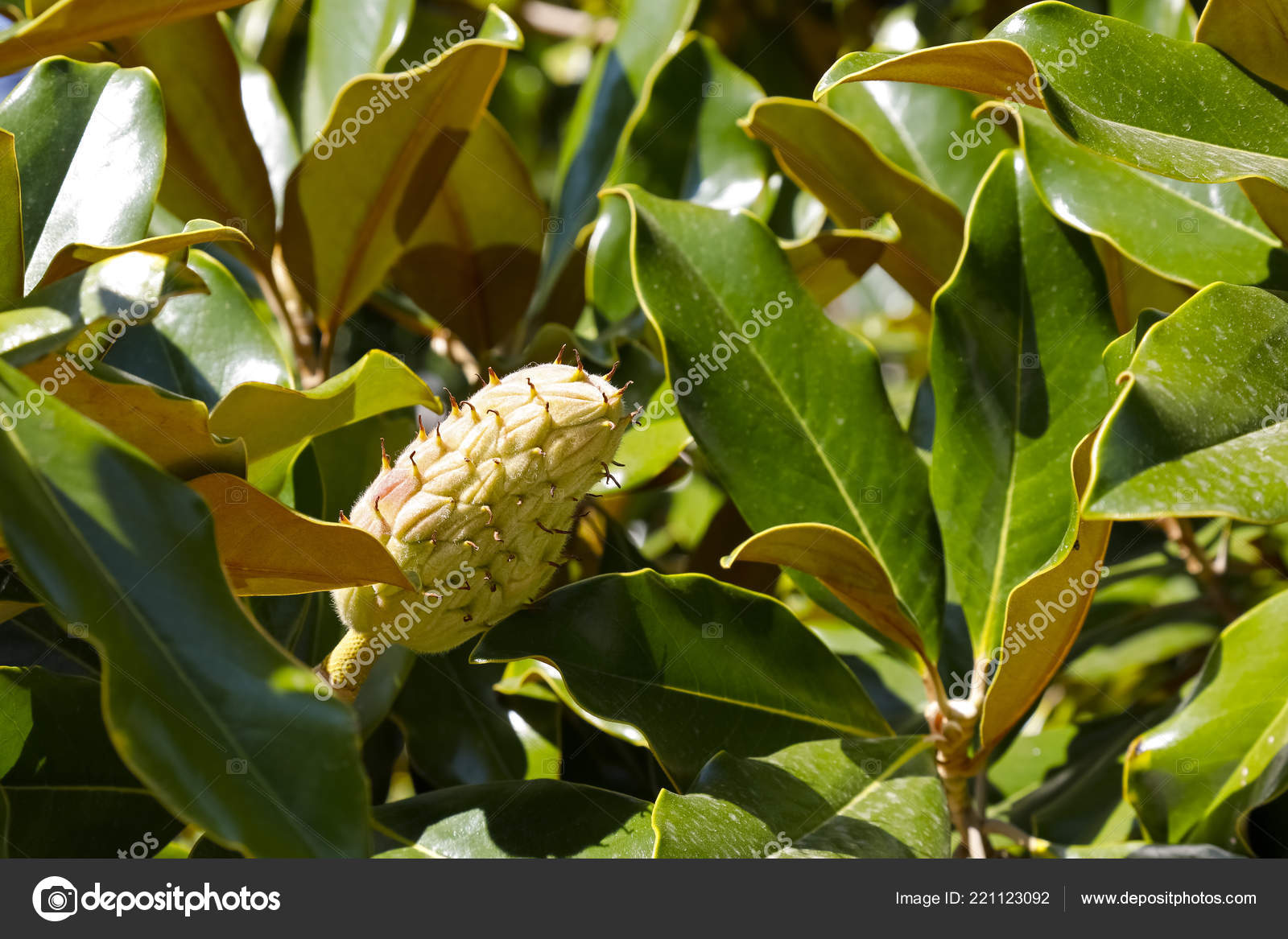
Fruit Rubber Tree Also Referred Ficus Elastica — Stock Photo © marek_usz 221123092
75 of The Top 100 Retailers Can Be Found on eBay. Find Great Deals from the Top Retailers. eBay Is Here For You with Money Back Guarantee and Easy Return. Get Your Ficus Today!

Fruto Da árvore Da Borracha Ou Do Elastica Do Ficus Imagem de Stock Imagem de verde, borracha
Cultural / Religious: Heritage Tree : There are currently two individuals of Ficus elastica listed as Heritage Trees in Singapore. One can be found at Duxton Plain Park, while the other in front of the National Museum of Singapore.

Fruto Da árvore Da Borracha Ou Do Elastica Do Ficus Imagem de Stock Imagem de verde, borracha
Light: According to my actual experience, Ficus Elastica Belize thrives in bright, indirect light. However, it can adapt to lower light conditions, but direct sunlight should be avoided to prevent scorching. Watering: I discovered that this beauty prefers its soil to be slightly moist but not overly wet. Watering when the top layer of soil.

Ficus elastica GLISSANDO Garden Center
Ficus elastica 'Ruby' plants need rich soil that drains freely. Preferred soil pH levels are between 5.0 and 7.0. Succulent potting soil or indoor potting soil is recommended. To increase the soil's drainage properties, simply add sand or perlite into the soil mix. Rubber Trees grow best in a free-draining potting mix.
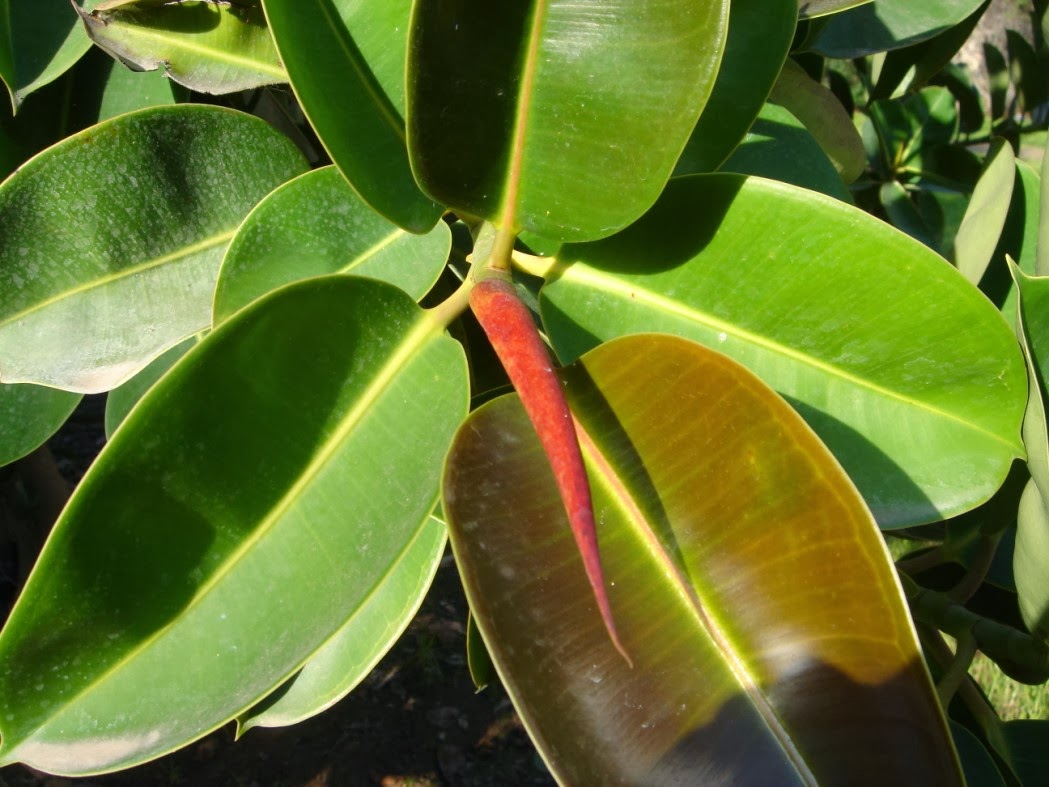
BLOG CLOROFILA Ficus elastica
Facebook 64 In this article, you will learn the ins and outs of taking care of your own Rubber Plant (Ficus elastica ). A popular ornamental houseplant, Ficus elastica is well-liked for its tree-like qualities. Another common name, the rubber plant alludes to the leaves, which are large, glossy, simple, leathery, and feel like latex.
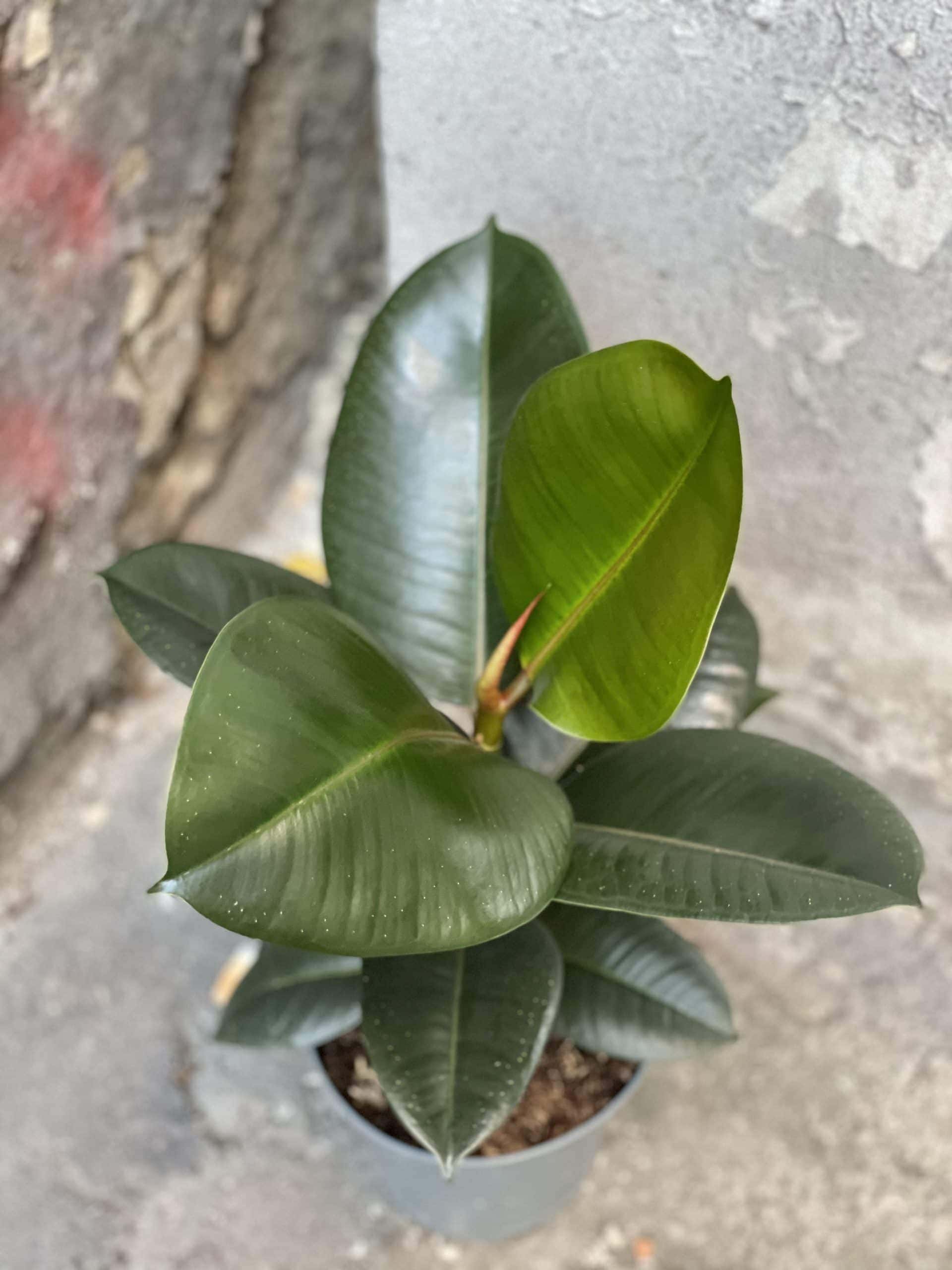
Ficus elastica Robusta (Fikus sprężysty) Jungle Boogie
Introduction. Ficus Elastica from the Moraceae family goes by many different names depending on the country, but the most commonly used worldwide is rubber fig or rubber tree. It originates in East India, Nepal, Bhutan, Burma and China. It can also be found in Sri Lanka, West Indies, Australia and parts of the USA.
.jpg?part=0.6&view=1&vt=ANaJVrFtB6c5ShhycByNkFk9_ON7UAAnuB6zLxWUVQESambEBGPODxF9gQ8ABSCCeLvFhH-p0t7XKSxEDf9qnxYO2Z1_rRNkaHEywQj_0V67FPM1zQFBaKM)
Ficus elastica efloraofindia
The rubber plant (Ficus elastica) is a flowering tree native to southeast Asia, and is naturalized in Sri Lanka, Florida, and the West Indies. In its native range, Ficus elastica grows large, up to 100 feet in jungles of the tropics. It stays at about 6 feet tall as a common houseplant, as rubber plant care is fairly simple.

Ficus elastica
Ficus elastica is an excellent low-light plant with large and glossy foliage. Check out the best Types of Rubber Plant here! These awesome Types of Rubber Plant look great with their waxy foliage, and you can easily propagate them from cuttings. They thrive on neglect and also remove pollutants from the indoor air.

Ficus Elastica Plataforma Ecologista Utrera ECO
Fill the remaining place with fresh earth. Dressing: Ficus Elastica is fertilized twice a month from spring until autumn. For this purpose, use liquid fertilizers, alternating organic and mineral. Reproduction: breeding with cuttings is the best option for breeding Ficus Elastica at home. This method is called shredding.